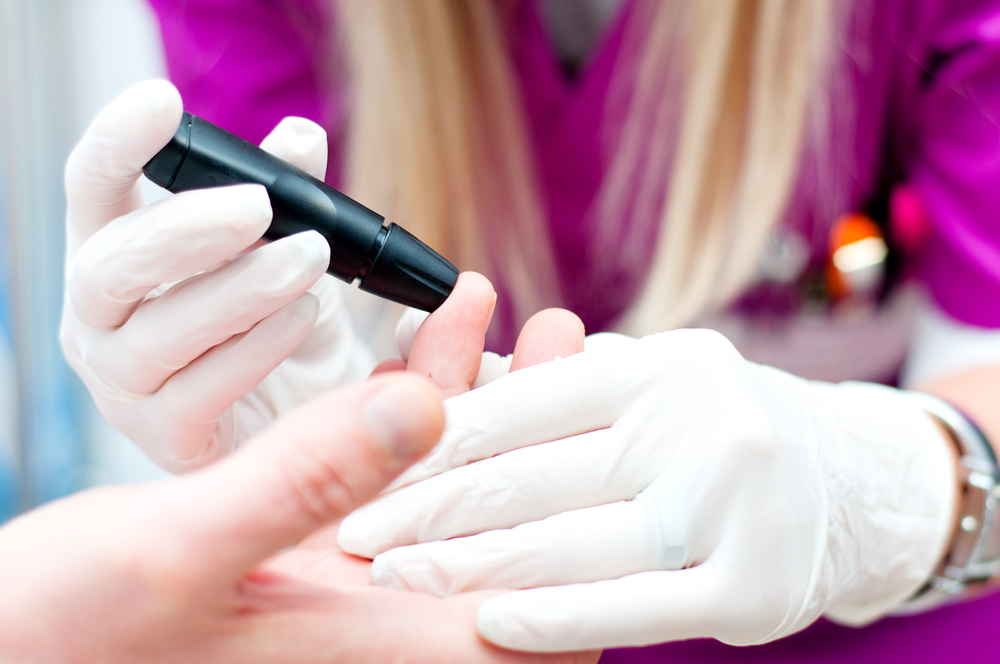Essential Tips for Selecting a Free Glucose Monitoring Device
Learn key strategies for selecting a free glucose monitoring device suitable for your diabetes management. This guide covers insurance options, device features, ease of use, and maintenance tips to help you make an informed choice and improve your health tracking.

Essential Tips for Selecting a Free Glucose Monitoring Device
Tips for choosing a complimentary glucose monitor
If you manage diabetes, your health insurance might help cover your medical expenses related to glucose testing.
Acquiring a reliable glucose monitor is often one of the most significant expenses for diabetics, along with testing strips and other accessories. It's important to consider the maintenance and ease of use of these devices as well.
Fortunately, some programs and companies offer free glucose meters. Sometimes, the free devices are provided to encourage the purchase of specific test strips necessary for proper functioning.
Consider these questions when choosing a free glucose meter:
How can I obtain a free glucose meter?
Check if your Medicare or insurance plan offers coverage for certain models. Although options might be limited, aim for quality rather than compromise.
Medicare, for instance, often provides high-quality brands like Accu-Chek®, OneTouch®, and FreeStyle, with several models available to choose from.
Should I pick a doctor-recommended device?
Devices recommended by your healthcare provider are more likely to be covered by insurance, making them a preferable choice.
Different meters measure and monitor various parameters. It's best to follow your doctor’s advice but also understand your choices.
What does insurance coverage include?
If your doctor approves, check with your insurer about the specific models they cover. Review the list carefully.
Some plans partially cover the cost, so you may need to pay the difference. Make sure to ask if testing strips and related supplies are also reimbursed.
Insurance might limit the number of strips or supplies covered monthly or annually.
Are free glucose meters user-friendly and low-maintenance?
Opt for a device that’s simple to operate and maintains well, ensuring durability over years. Regular cleaning and proper care are crucial.
Understand the testing procedure beforehand, as each model varies.
Be aware of calibration or strip-specific adjustments needed for some meters. Many now work exclusively with certain testing strips.
How quick are the readings, and can they be stored?
Evaluate if the device displays digital results or uses unfamiliar analog scales.
Measurement time is another key factor; even a few seconds matter over long-term use.
Recording and tracking results is vital. Choose meters with storage or automatic logging features.
Some devices sync with computers or store hundreds of readings internally.
Are there any special features to look for?
Consider features like voice prompts, larger screens, or reminder alerts.
A back-lit display helps in low light conditions.
Warnings for hypoglycemia or additional measurements like blood ketones and insulin levels add convenience.
Review these considerations carefully to find a glucose meter that fits your needs. Discuss your options with your doctor, insurer, or pharmacist to make an informed decision tailored to your health.










